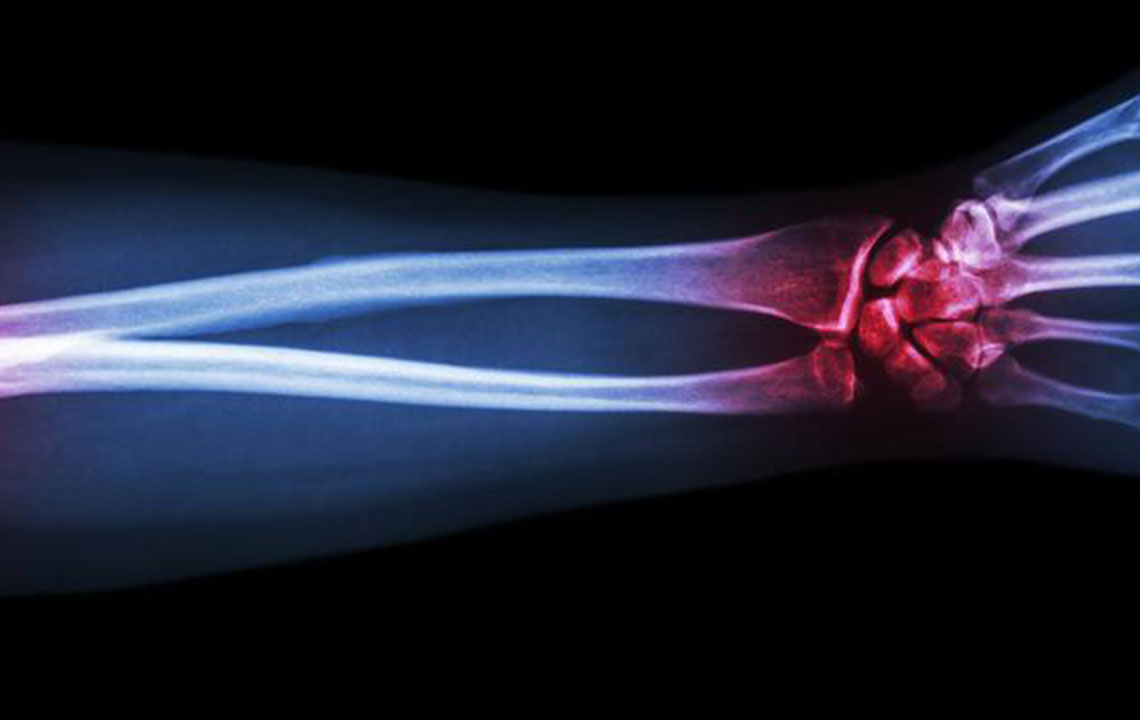Understanding Gout Flare-Ups and Their Effects
This article explains the nature of gout flare-ups, symptoms, recurrence, and importance of prompt treatment. Gout, caused by uric acid build-up, leads to painful inflammation, often affecting the big toe. Recognizing symptoms early and seeking medical help can prevent lasting joint damage. Gout attacks are common, recurring, and can be severe if untreated, emphasizing the need for professional diagnosis and management.

Understanding Gout Flare-Ups and Their Effects
Gout, medically known as hyperuricemia, arises from the persistent accumulation of uric acid crystals within joints and tissues. This buildup triggers intense inflammation, resulting in a painful form of arthritis called a gout attack. Elevated uric acid levels in the bloodstream are a primary cause, though the exact origins of gout remain uncertain. Many experts believe it is inherited.
During a gout flare, inflammation affects a joint—most often the big toe—leading to symptoms such as redness, swelling, stiffness, and a burning sensation.
Gout episodes tend to recur. While symptoms may diminish over time, ongoing attacks can cause lasting damage to joints and nearby tissues if untreated. Initial gout symptoms are sometimes mistaken for sprains or tendinitis.
Most gout attacks happen at night, starting with mild discomfort that intensifies.
Mild episodes may resolve within hours, with symptoms subsiding after a few days. Some mild attacks last up to two days before complete relief.
Severe attacks can cause persistent pain lasting several weeks or even up to a month.
Relapses are common, often occurring 6 months to 2 years after the initial attack. Prompt medical consultation is crucial, as untreated gout worsens over time and severity escalates.










